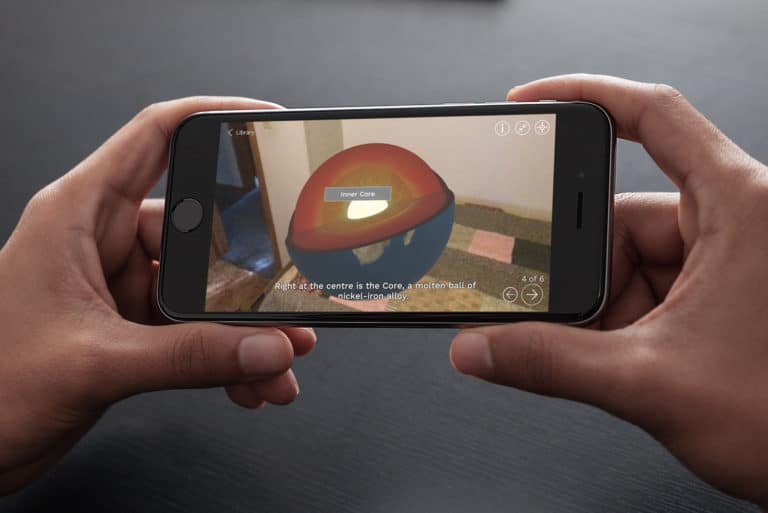
 Data Dive is AR Insider’s weekly dive into select spatial computing figures. Running Mondays, it includes data points and strategic takeaways. For an indexed library of data, reports, and multimedia, subscribe to ARtillery Pro.
Data Dive is AR Insider’s weekly dive into select spatial computing figures. Running Mondays, it includes data points and strategic takeaways. For an indexed library of data, reports, and multimedia, subscribe to ARtillery Pro.
Last week we asked the question, Will Covid-Era Lockdowns Catapult AR Commerce? The answer is yes. Building from that narrative, what about enterprise collaboration? Though knowledge workers are distanced, the need for collaboration hasn’t gone away.
Similar to our past examinations of AR-fueled remote work, we’re talking here about collaboration in highly-visual areas like product design and architecture. Just like AR can add dimension to remote shopping, it can bring 3D workflows to professional fields that require it.
3D models are of course endemic to several fields already, and have been around for years through computer automated design (CAD) software. The value that AR adds is the feedback loop of directly visualizing 3D models in one’s space, and in doing so with remote collaboration.
This is inherent in remote-work future-gazing, such as Michael Abrash’s thoughtful vision of the office of the future. That involves AR glasses, but the general principle is also possible today through ubiquitous mobile devices and software from innovators like Jigspace.

Demand Signals
Speaking of JigSpace, it has validated some of the above concepts — especially Covid-era demand signals — in its latest usage figures. It reports that its 3D design and visualization platform has grown 900 percent in usage compared with pre-Covid levels.
For those unfamiliar, Jigspace’s software enables creation and distribution of 3D models. One of its differentiators is low-friction UX while having advanced functionality like anchoring for multi-device collaboration (see the presentation the company gave at a recent AWE Nite SF below).
Based on the above usage uptick and its technical/product merits, Jigspace recently raised U.S. $1.4 million in seed funding. The four-year-old Melbourne-based company also notably boasts a blue-chip client list including Medtronic and Hino Trucks USA, and it partners with Apple.
Its funding validates a trend we’ve been tracking in that Covid-era demand signals have a polarizing effect on business. Some sectors grow (gaming, eCommerce), while others plummet (bars, events). Certain AR sectors are in the former bucket for recreational and practical reasons.
Broad Applicability
The points above reference a few different use cases — from shopping to social to design. Collectively, they indicate AR’s broad applicability — both pre and post-Covid. To add to that list, industrial and corporate AR support are likewise seeing strong demand signals.
That includes everything from factory floor machine maintenance to IT service calls. We recently examined the latter in light of CareAR’s work with Service Now to bring “augmented intelligence” to field service techs. It can reduce service resolution times dramatically among other benefits.
Another use case that will grow for the same reasons is home services. As we’ve examined from the likes of Streem, diagnosing a leaky faucet or installing a router can be done remotely, effectively and cost-efficiently through an upheld smartphone and spatially-accurate annotations.
In all cases it’s about AR’s alignment with social distancing. Though AR’s merits were already evident, they’re now amplified in this light. The question is how it fares in a Post-covid world. A greater impetus to adopt could expose the technology and instill permanent enterprise habits.





